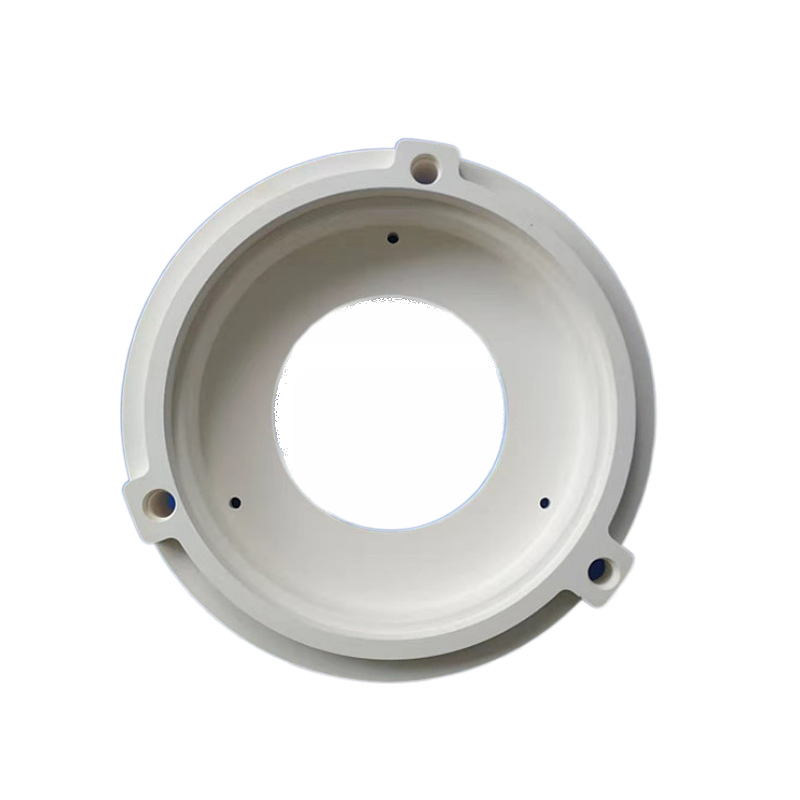The Concept of Ceramics
According to the composition, the materials are divided into metallic materials, inorganic non-metallic materials, and organic materials.
The National Academy of Sciences defined ceramics as “inorganic non-technical materials and objects” in 1968. Broadly speaking, ceramic materials refer to all other materials except organic and metallic materials.
In a narrow sense, ceramic materials mainly refer to polycrystalline inorganic non-metallic materials, that is, inorganic non-metallic materials synthesized through high-temperature heat treatment.

Classification of Ceramics
Ceramics are divided into two categories: traditional ceramics and advanced technical ceramics.
Traditional ceramics: products obtained from natural silicate minerals (clay, feldspar, quartz, etc.) after crushing, molding, sintering, and other processes, so they are also called silicate ceramics, such as daily ceramics, artistic ceramics, And industrial ceramics (high-pressure ceramics for geographic industry, corrosion-resistant chemical ceramics for the chemical industry, architectural ceramics and sanitary ceramics for the construction industry, etc.).
The various ceramics developed in modern times are collectively referred to as advanced ceramics. Advanced ceramics use high-purity synthetic compounds (such as Al2O3, ZrO2, SiC, Si3N4, BN), and through reasonable structural design, precise stoichiometry, Appropriate molding methods and sintering methods, processed inorganic non-metallic materials.

Ceramics are materials closely related to human life and production. In the 20th century, a high and new technology developed rapidly. Ceramics in the traditional sense are far from satisfying electronics, electrical, thermal engine, energy, space, automation, sensing, laser, communications, computers, etc. With the rapid development of high and new technology, in order to meet the special performance requirements of ceramic materials put forward by new technologies, people have prepared a series of new ceramic materials using the basic principles and processes of traditional ceramics and applied them in modern science and technology. Various functions-mechanical, thermal, acoustic, electrical, magnetic, optical, superconducting, and other ceramics are collectively referred to as advanced ceramics. Although it has only experienced half a century of development, in the 21st century, new materials have been discovered and Development, these new materials are widely used in high-tech fields such as information, aerospace, energy, biology, and marine development.


